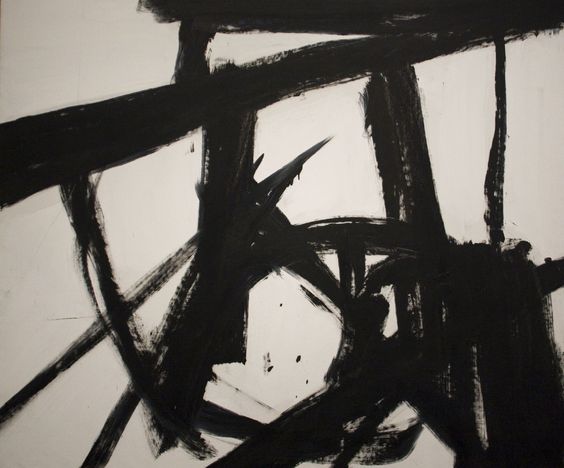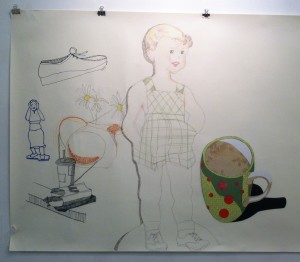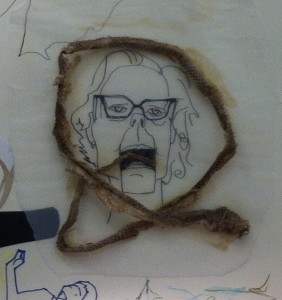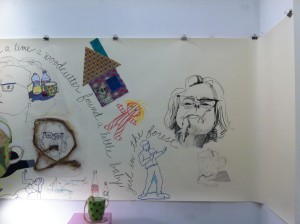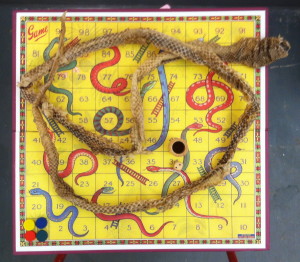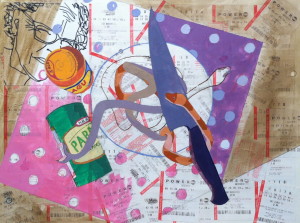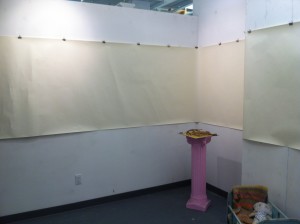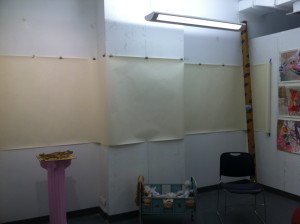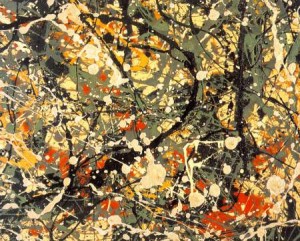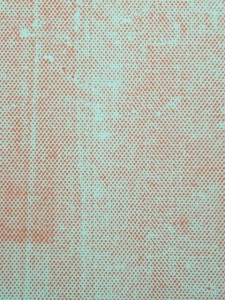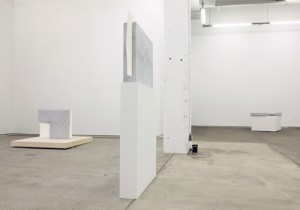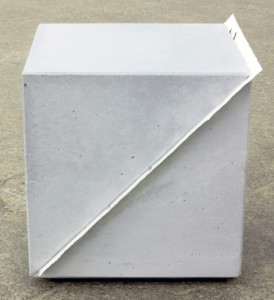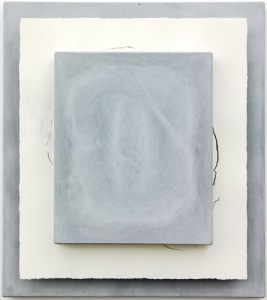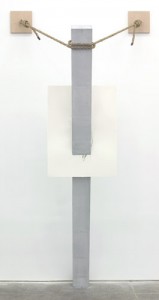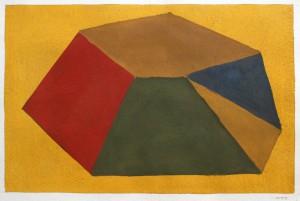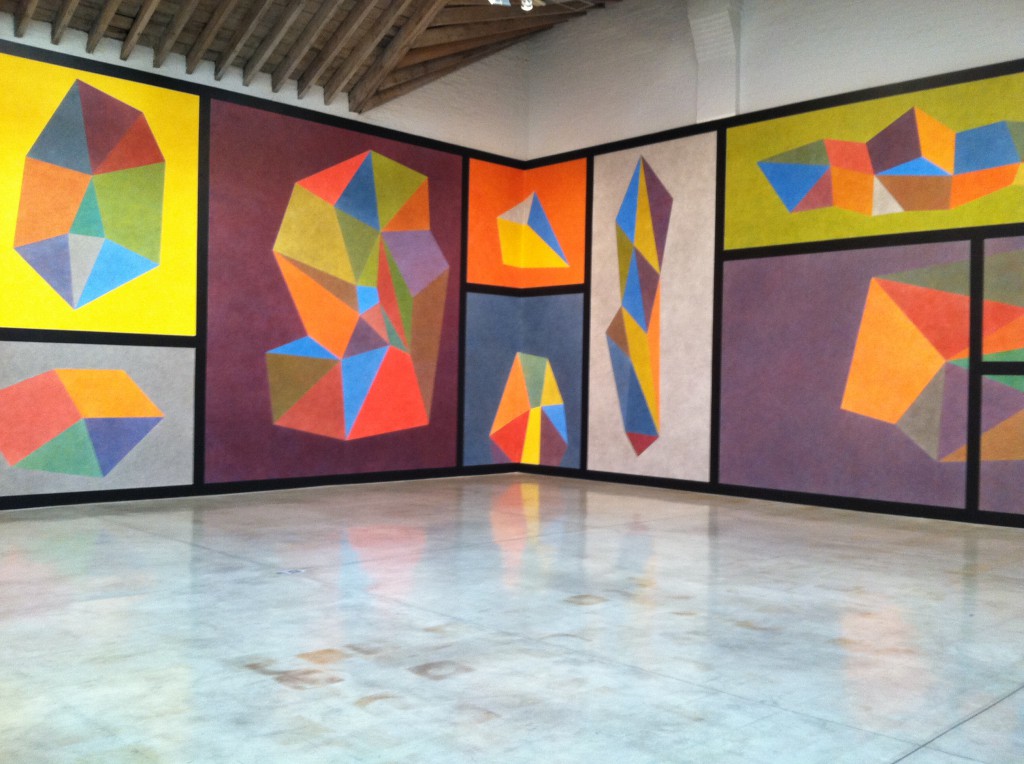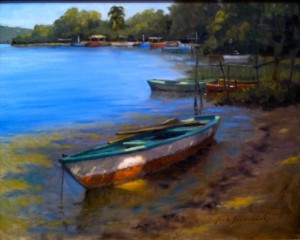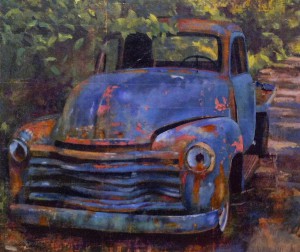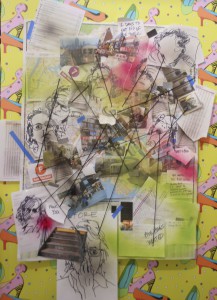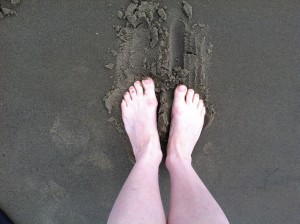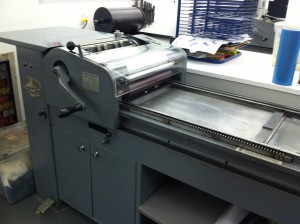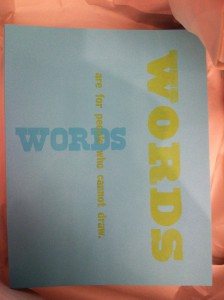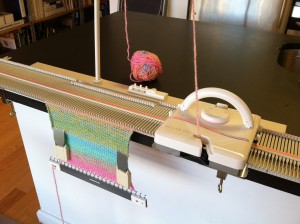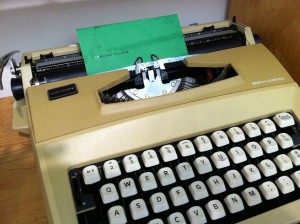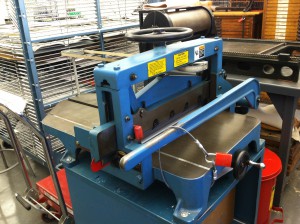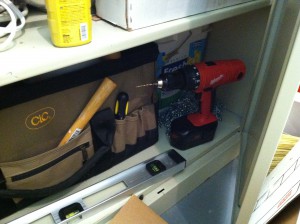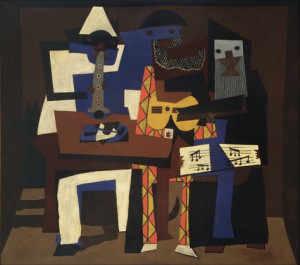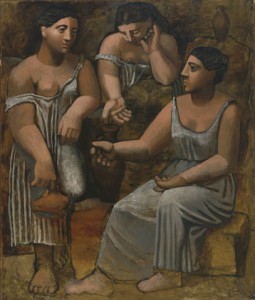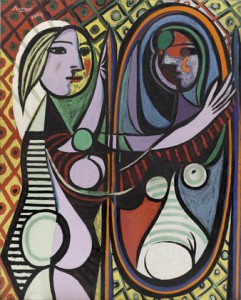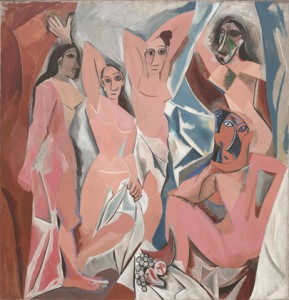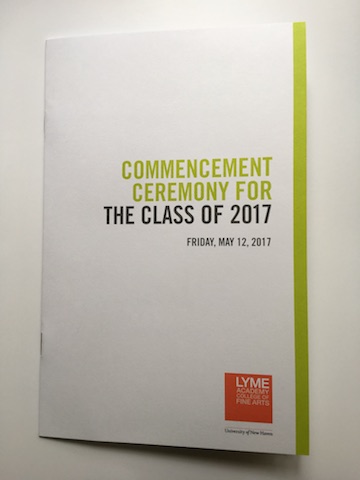
Lyme Academy Commencement
May 12, 2017
Thank you all very much for asking me to speak at great length and in excruciating detail about my experiences at Lyme Academy and in the greater art world.
Congratulations, Graduates! Artists!
Let me make it clear: it isn’t graduating that makes you artists, it is everything you have done your whole lives, and everything you did to reach THIS POINT in your lives, that makes you artists.
I’m sure you know that people who are NOT artists think artists were born that way. Innately talented, but also knowing how to handle a brush, or a chisel. You know that’s not true. YOU know it has taken you years of study and practice to become “natural” talents. And it’s been worth it. You have excelled at one of the best art colleges in the country. You have learned from the best teachers.
Now you are going to remember everything they taught you, at exactly the same moment that you forget it. It’s time to create your own path.
Other people think artists are magicians. On this I don’t disagree. We ARE magicians. We take mud and rags and create happiness and sorrow. We make thoughts and emotions manifest. We sway public opinion. We create joy out of thin air. We have power. We work hard. We are blessed with work. And sometimes, as we are creating, the magic is in us.
As my father used to say, “we are up to our asses in ice cream.”
So – live an artist’s life. By which I mean, get a day job, plus a night job, and maybe some babysitting on the side – all so that you can make your art. A successful artist is one who makes art. That’s it. A successful artist is one who makes art. Selling art is nice. Public acclamation is probably lovely. I don’t know. But when you get discouraged, think of Vincent van Gogh who made over 900 paintings and sold only one while he was alive. Or think of Emily Dickinson who never published a poem in her lifetime. A successful artist is one who makes art. So make art. Don’t stop. Ever.
Surround yourself with an artists’ community wherever you are. You need to create a world in which you can discuss art, and critique art, look at art, think about art, and make art. Stay in touch with your friends. Praise their work. Tip them well if they’re waiting tables. Then go to galleries and museums and cooperatives and grad school and make MORE friends. Steal their ideas and share your own. Collaborate and keep learning. Don’t worry, only YOU can make YOUR art.
You will be afraid. Notice what you’re afraid of and then do that. Sometimes you will stop making art. Notice what you’re thinking and feeling and don’t dismiss it. Use it. Try it. Incorporate it. Don’t just make what you’re already good at. FAIL UPWARD. Make more art. The world needs it, AND your opinions. Don’t be stingy. Make more art!
And one more thing. Debt is the enemy of art. Pay cash.
But most importantly, make art. And as you do that, you will make and remake yourself and those around you.
Congratulations, Class of 2017.



